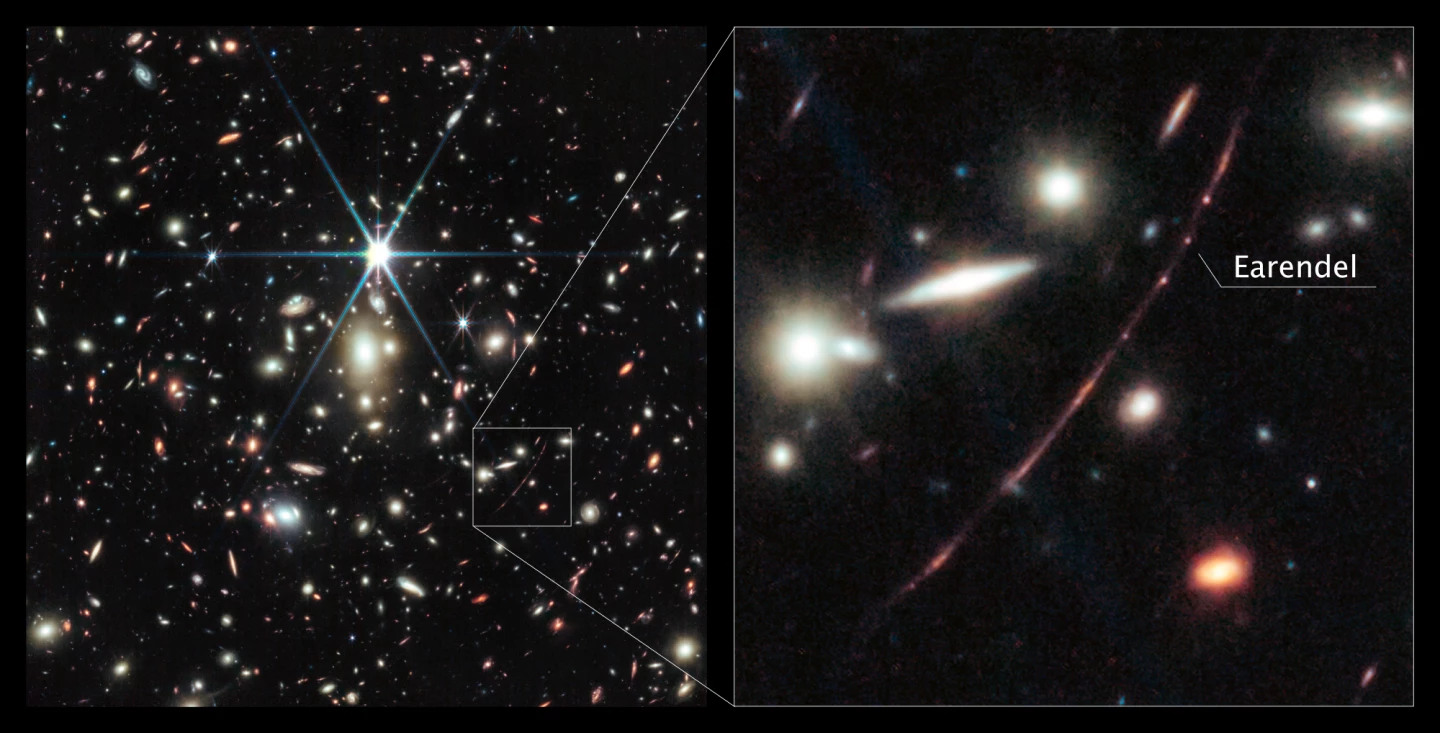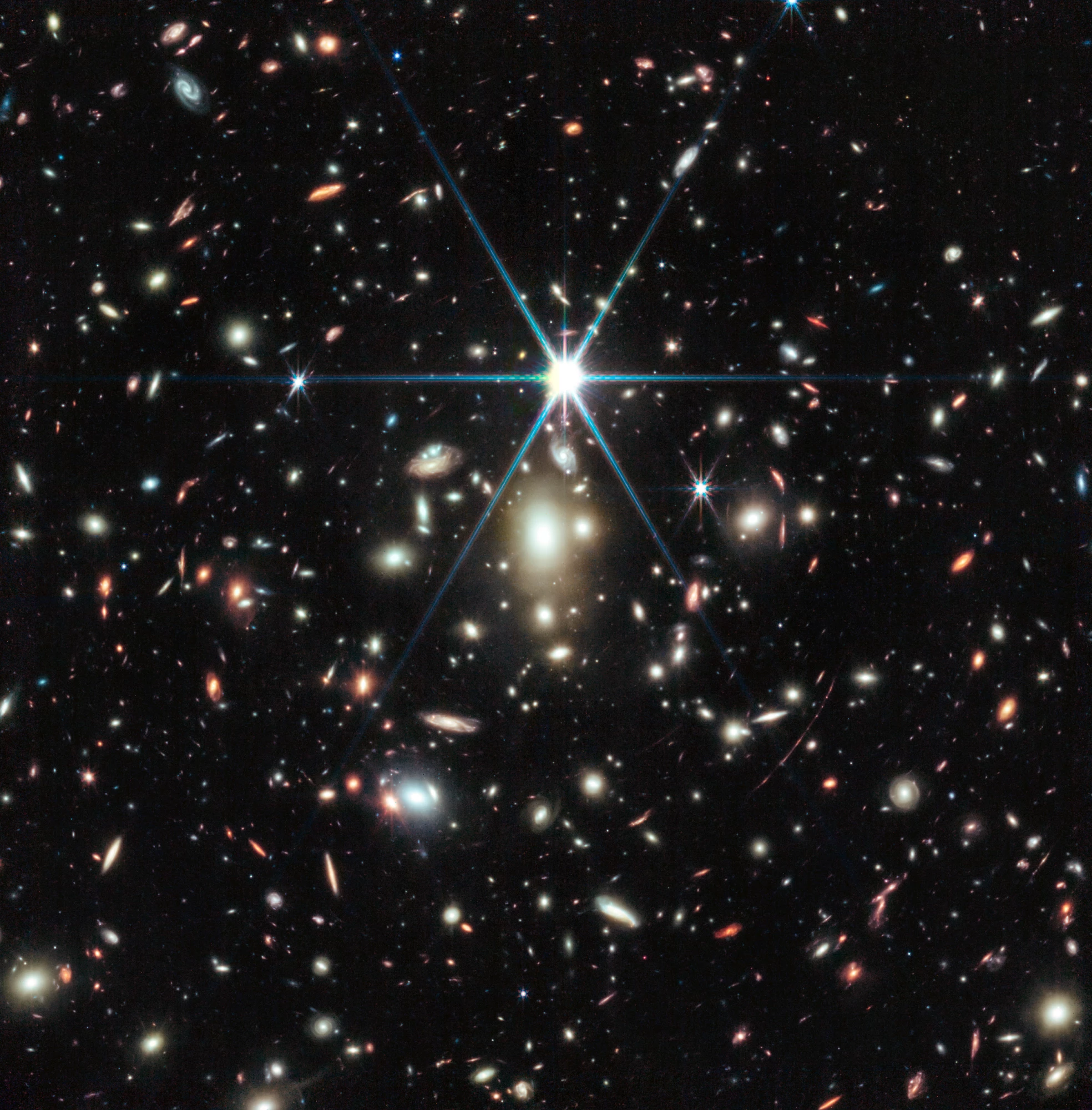NASA's James Webb Space Telescope has snapped the most detailed color portrait of the most distant star ever detected. Named Earendel, the massive B-type star located in the constellation of Cetus is 12.9 billion light years from Earth and is within a billion years of the Big Bang.
Photographing a star stopped being a big deal a little after 1850, but when it's an image of a star that emitted its light 12.9 billion years ago and that image is in color, then the big deal factor comes back into play.
In this case, the star is Earendel, officially known as WHL0137-LS, which was first discovered by the Hubble Space Telescope in March 2022 and has now been seen in a wide visible color spectrum and much more detail by James Webb thanks to its Near-Infrared Camera instrument.
However, neither telescope can claim full credit for being able to see Earendel, which is named after a Tolkien character from the Silmarillion. Being at the edge of the universe is a bit too far for even the most powerful and sensitive instrument to see, even if the star is twice as hot as the Sun and a million times more luminous, but nature lent a helping hand to Earth's astronomers.

Earendel is luckily situated behind a massive galactic cluster called WHL0137-08. This cluster generates a gravitational field so powerful that it visibly distorts time and space, causing it to act as a gigantic lens that bends light and magnifies it. Normally, this creates multiple images of distant objects, like a cosmic kaleidoscope, but Earendel shows up as a single point of light. Calculations revealed that the point is very small and was magnified 4,000 times by the gravitational lens.
Oh, and it's 12.9 billion light years away. However, that gets a bit complicated because that distance is based on the light that left it 12.9 billion years ago. Since the universe has expanded during the time the light has traveled, the red shift effect caused by that expansion means that it is "now" 28 billion light years away – assuming that it hasn't burned out, blown up, or crashed into something.
Though astronomers don't expect Earendel to have any companion stars, the colors that only James Webb can see suggest that a cooler, redder companion may be orbiting it.
Source: NASA






